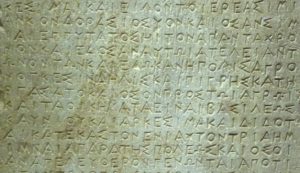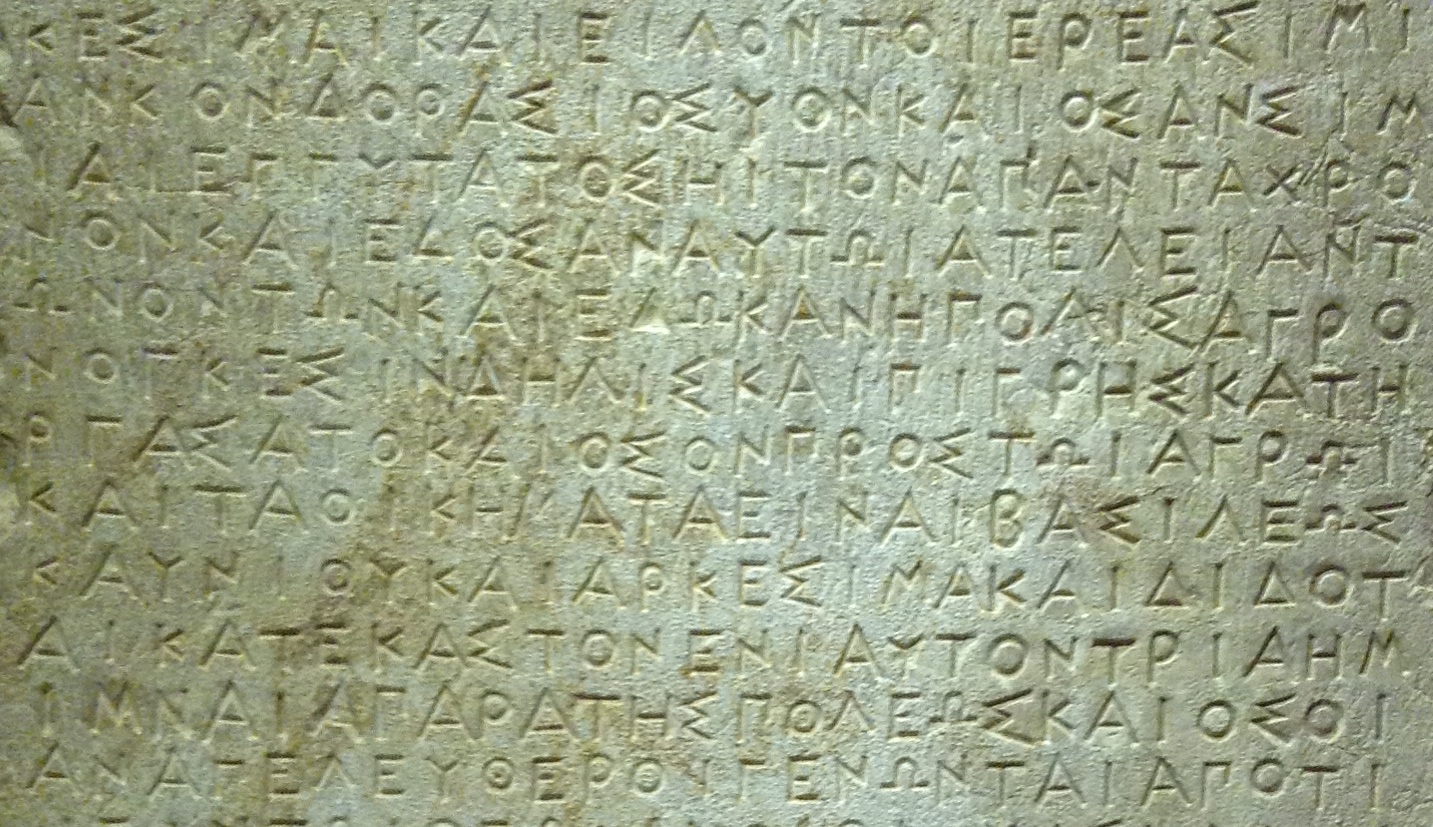Code-Switching and Style Interference in 1st Millennium BCE Anatolian Monumental Epigraphy

Responding to a recent approach in archaeology which envisages the application of sociolinguistic concepts, most notably 'code-switching' and 'interference,' to the study of 'hybrid' artifacts, this project aims to address from an interdisciplinary perspective a particular category of artifacts, which can be defined as 'hybrid inscriptions.' The category includes bi-/multilingual inscriptions and epigraphically 'hybrid' inscriptions, the latter comprising monolingual inscriptions that display recognizable influence from different epigraphic or monumental cultures, and that may be considered bi- or multilingual, if not in linguistic, at least in epigraphic or artistic terms. These two categories of inscriptions form together what can be defined as 'monumental epigraphic multilingualism.'
In combination with their usual treatment as texts to be read – which remains important for the discourse on audience and message – this project aims to treat multilingual inscriptions as monuments to be observed, with special emphasis on their physical features, including the interaction between scripts, layout, archaeological context and place of display, and combination with figurative elements where applicable. Some recent studies have fruitfully applied these criteria to the analysis of multilingual inscriptions from the western Mediterranean, but a comprehensive examination of the material yielded by 1st millennium Anatolia is still lacking. The same approach is applied to the analysis of the few but important cases of monolingual inscriptions that display a 'hybrid' epigraphic style: for example, the adoption of the Greek stoichedon style in the epigraphic cultures of Caria and Lycia.
By comparing the different ways in which the local cultures approached epigraphic monumentality and monumental multilingualism, the project aims to cast light onto an important epiphenomenon of the cultural koiné that characterizes the history of Anatolia in the longue durée.
